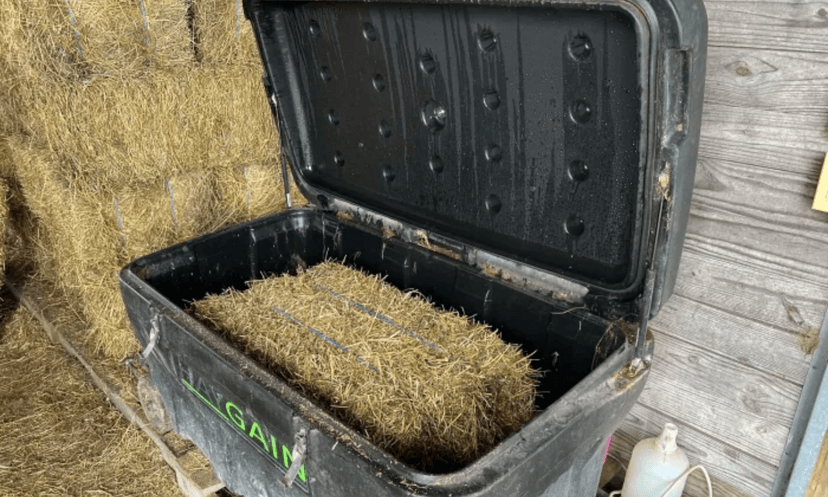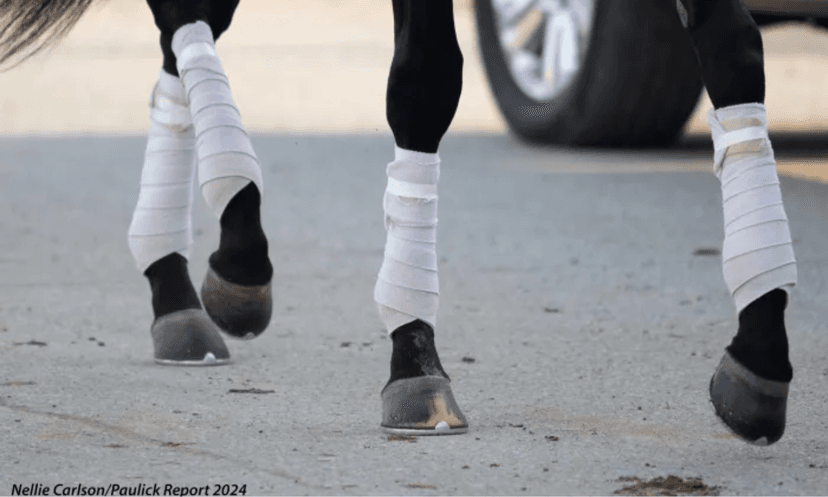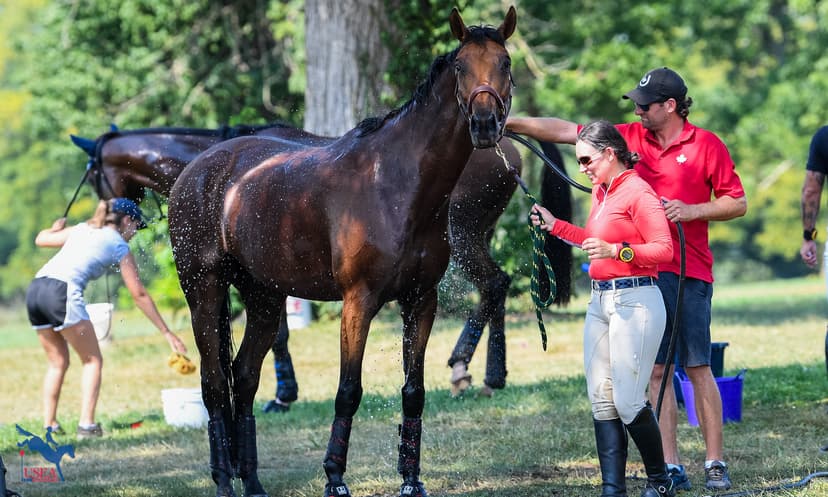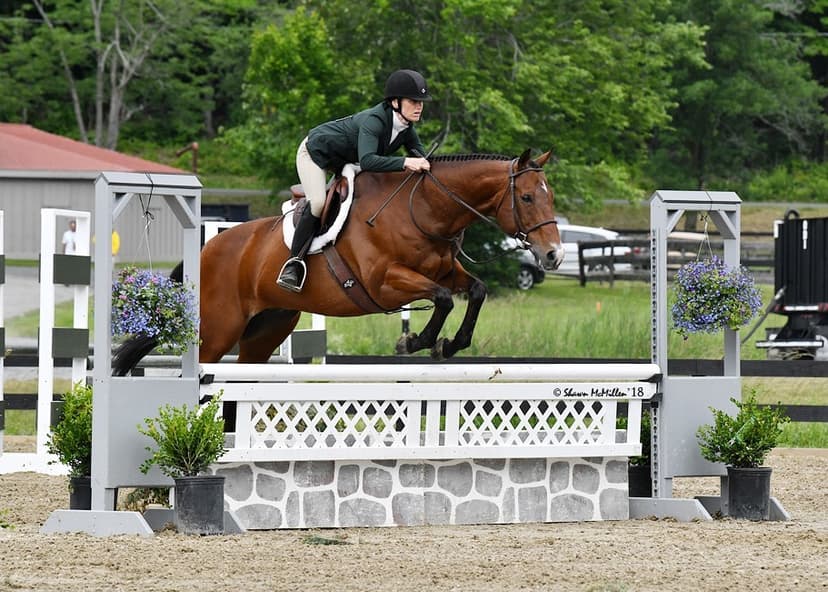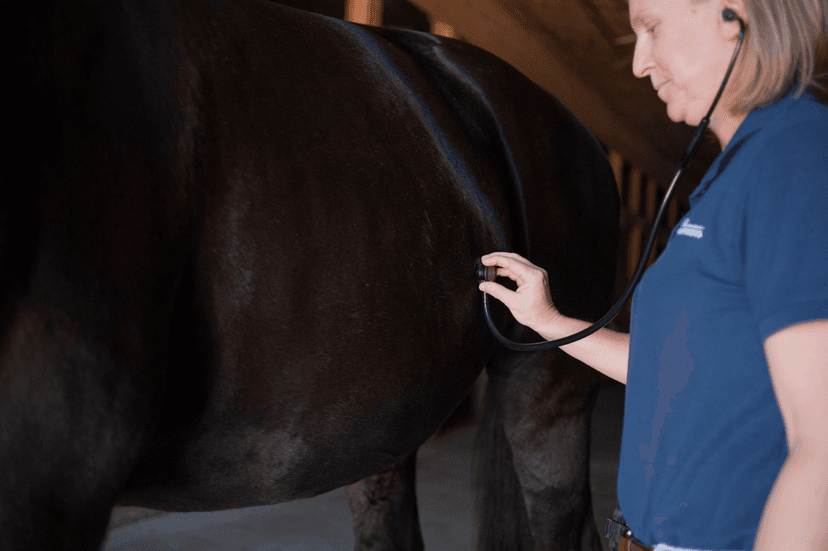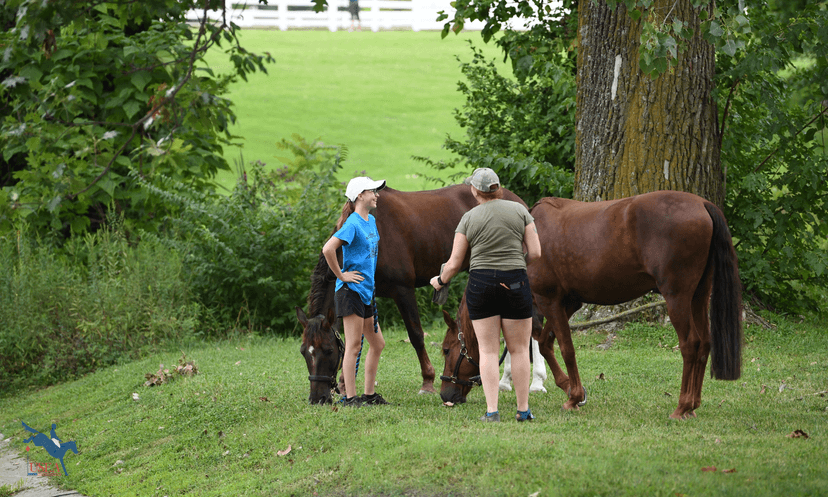5 Top Horse Care Mistakes & How to Avoid Them
I’ve been an equine veterinarian for more than two decades, working on everything from backyard retirees to Olympic shortlist horses, and I have seen (and treated) just about everything a horse can get themselves into. The most important thing I’ve learned? A well-educated owner is a hors...
Research In Action: Grayson-Jockey Club Findings Have Changed Our Reaction To EHV
Possibly the only thing more unsettling than being a horse owner experiencing an infectious disease outbreak on their farm is to be a veterinarian who experiences one.
Research In Action: Ice For Laminitis Just One Piece of A Complex Puzzle
When Debra Ladley first noticed her 18-year-old retired hunter gelding, Jack, was experiencing sudden lameness, she thought what most horse owners do; that there was a hoof abscess brewing.
Research In Action: Purdue Studies Convinced Trainer To Steam His Horses’ Hay
The horses in trainer Joe Davis’ barn at Horseshoe Indianapolis don’t just get standard hay in their nets each day. Throughout the afternoon, Davis or one of his employees opens the HayGain machine that sits at the end of his shed row and pulls out a warm, beautiful-smelling bale of freshly-steam...
Research In Action: A Stallside CT? The Day Could Be Coming
The past few years have seen veterinary imaging for horses grow by leaps and bounds. Computed tomography (CT) and magnetic resonance imaging (MRI) were once rare and expensive luxuries for veterinarians trying to diagnose a horse, only accessible in a few places in the country. These days, more r...
Whatever the Weather: Caring for Your Horse on the Road and at a Competition
It’s common to see a horse trailer trucking along with a sign on the back stating, “Precious Cargo!” or “My best friend is in here!” Traveling long distances to competitions is the norm for many eventers. When traveling between climates, like going from the sandy soil of Aiken, South Carolina, to...
Recovering from Laminitis: A Success Story
On March 18, 2019, I got to the barn before sunrise like I did every morning, and this time I was looking forward to celebrating What A Trippi's 16th birthday with some special treats and a ride. The second I opened his stall door to throw him some hay, I knew something was wrong. He was standing...
3 Facts Veterinarians Wish You Knew about DJD
Get a better understanding of degenerative joint disease (DJD) and how you and your veterinarian can work together to help manage the disease in your horse.
Gas Colic in Horses (Spasmodic Colic)
Colic is pain that originates in the abdomen. Gas colic, also referred to as spasmodic colic, is one of the most common types of colic in horses. It is defined as mild to moderate abdominal pain that is cau...
Does Your Horse Lack Nutrients by Eating Hay?
Your horse was designed to spend his days roaming and grazing, thriving on the nutrients found in fresh grass. But since acres of pasture can be hard to come by, most horse owners turn to hay to meet their horses’ forage requirements.




